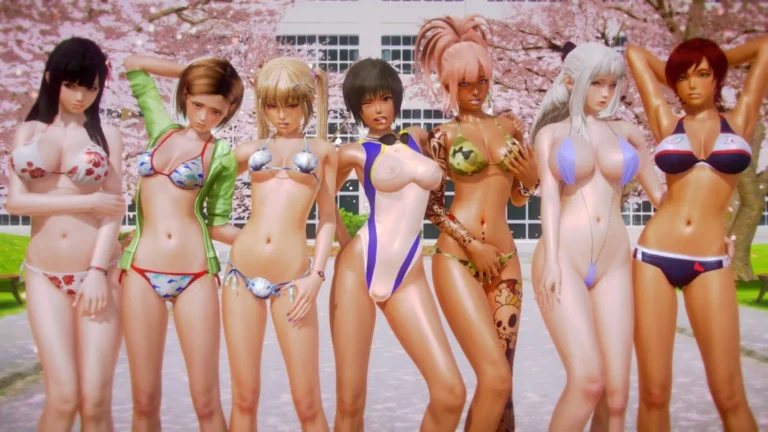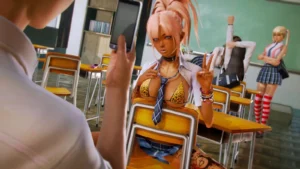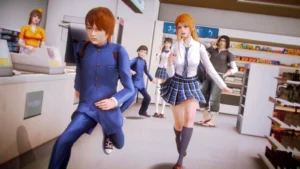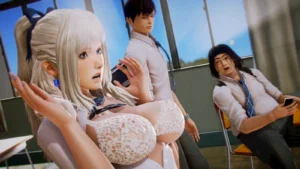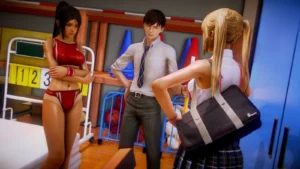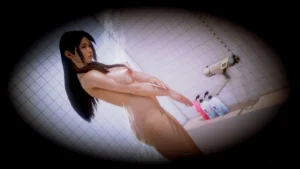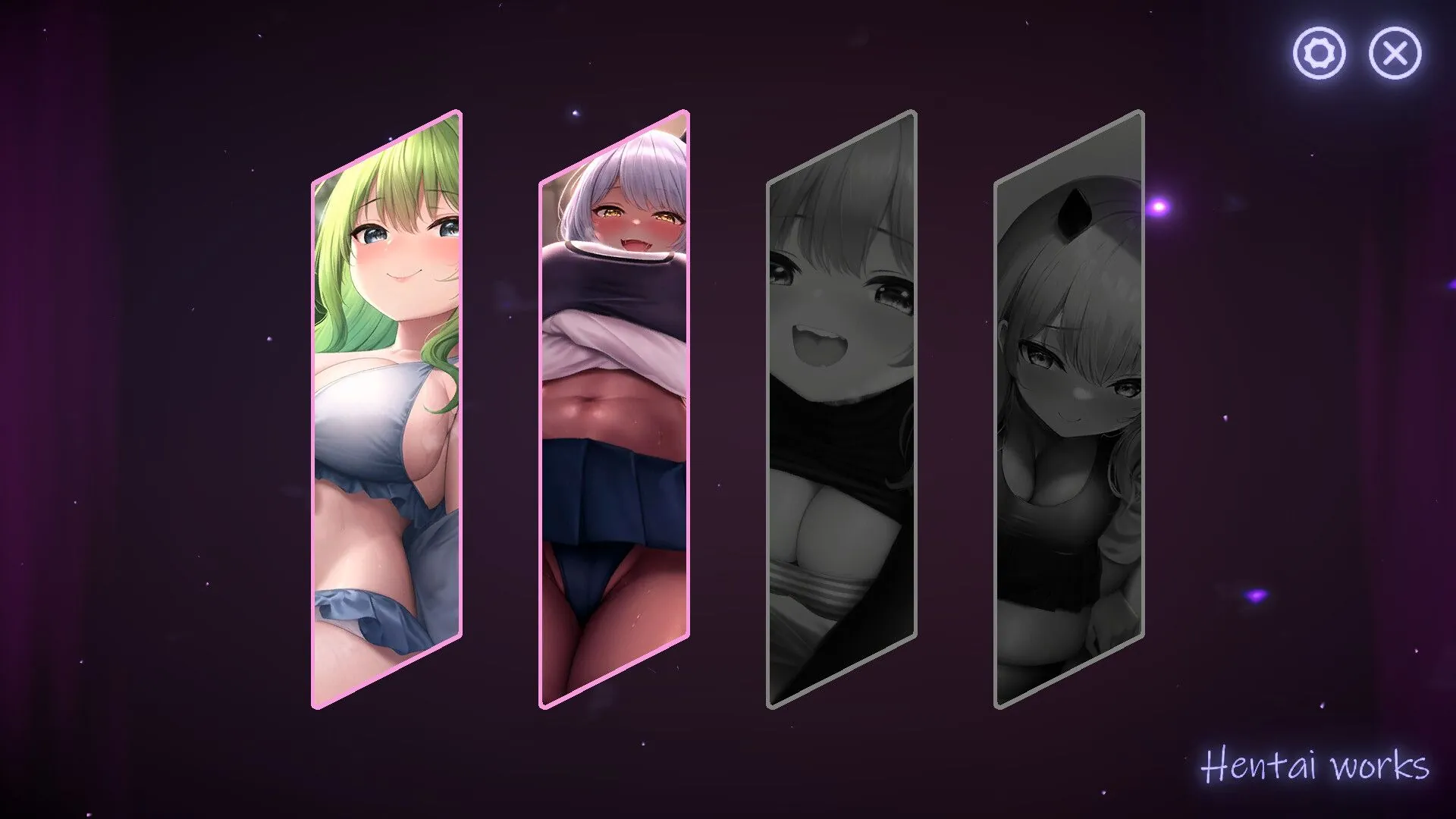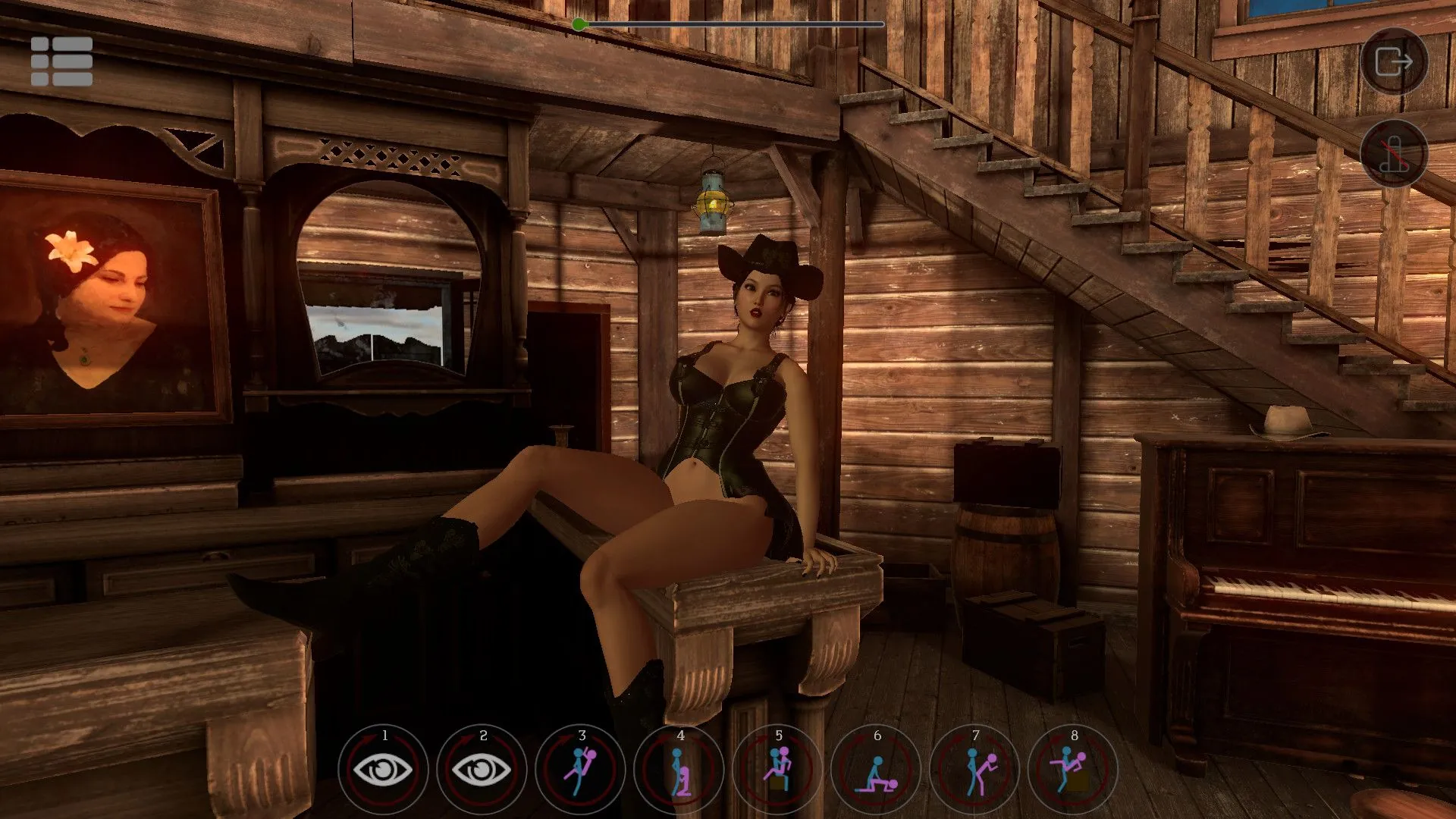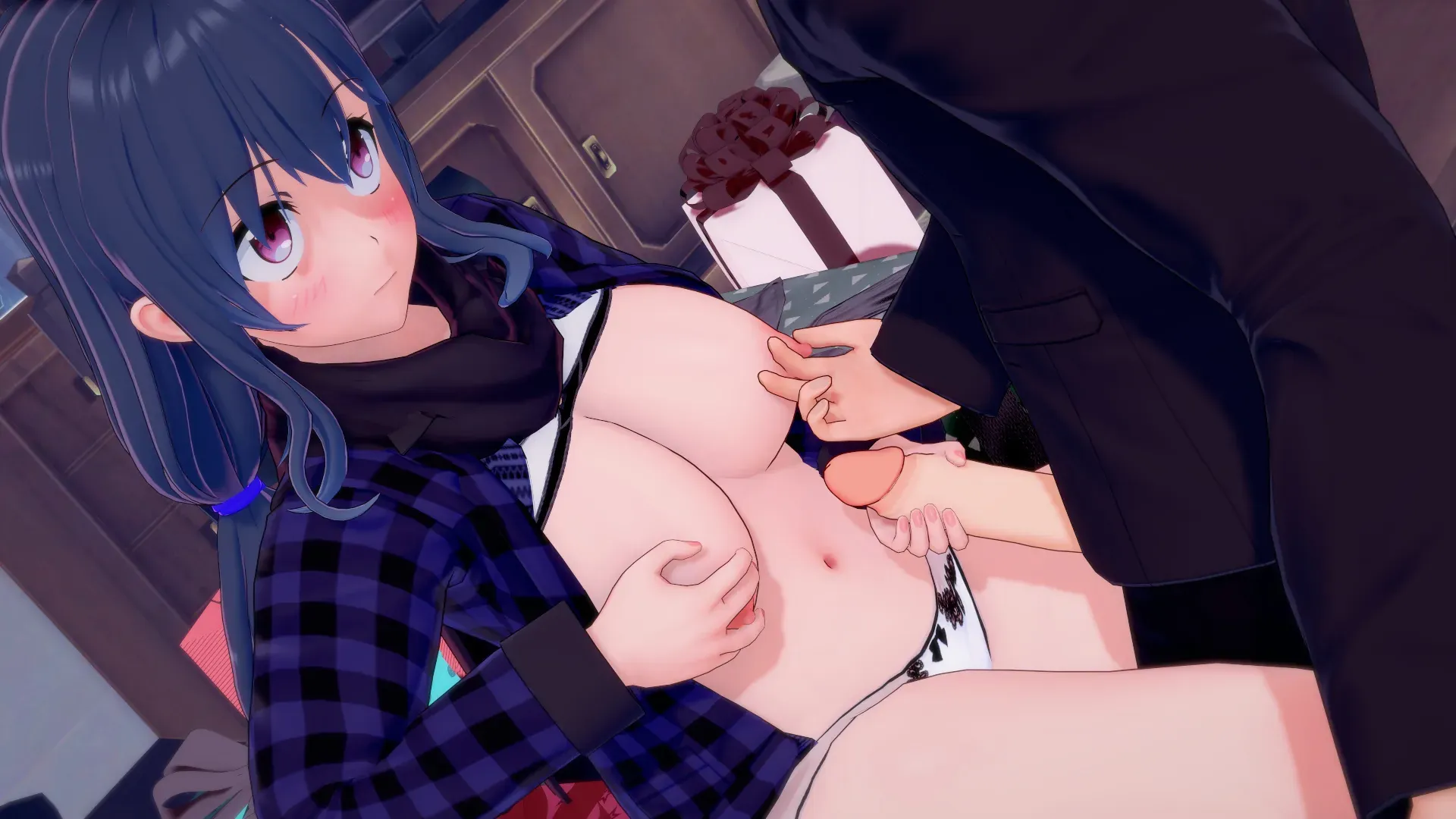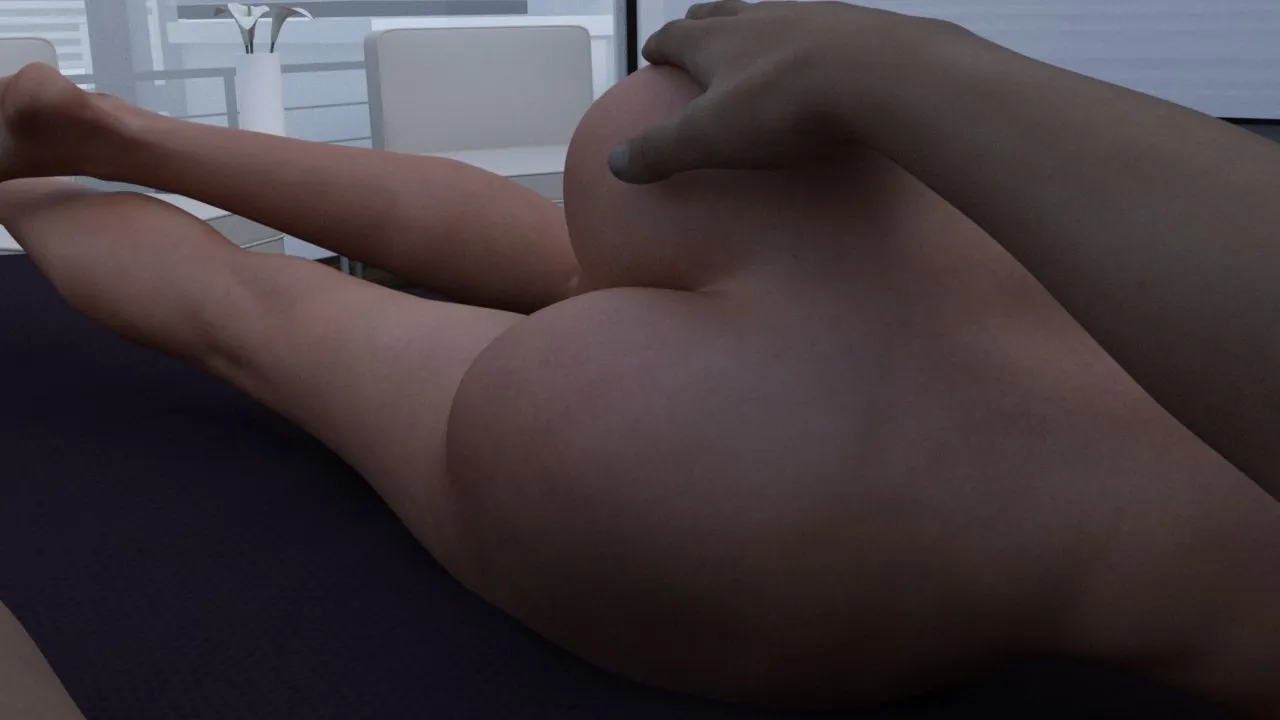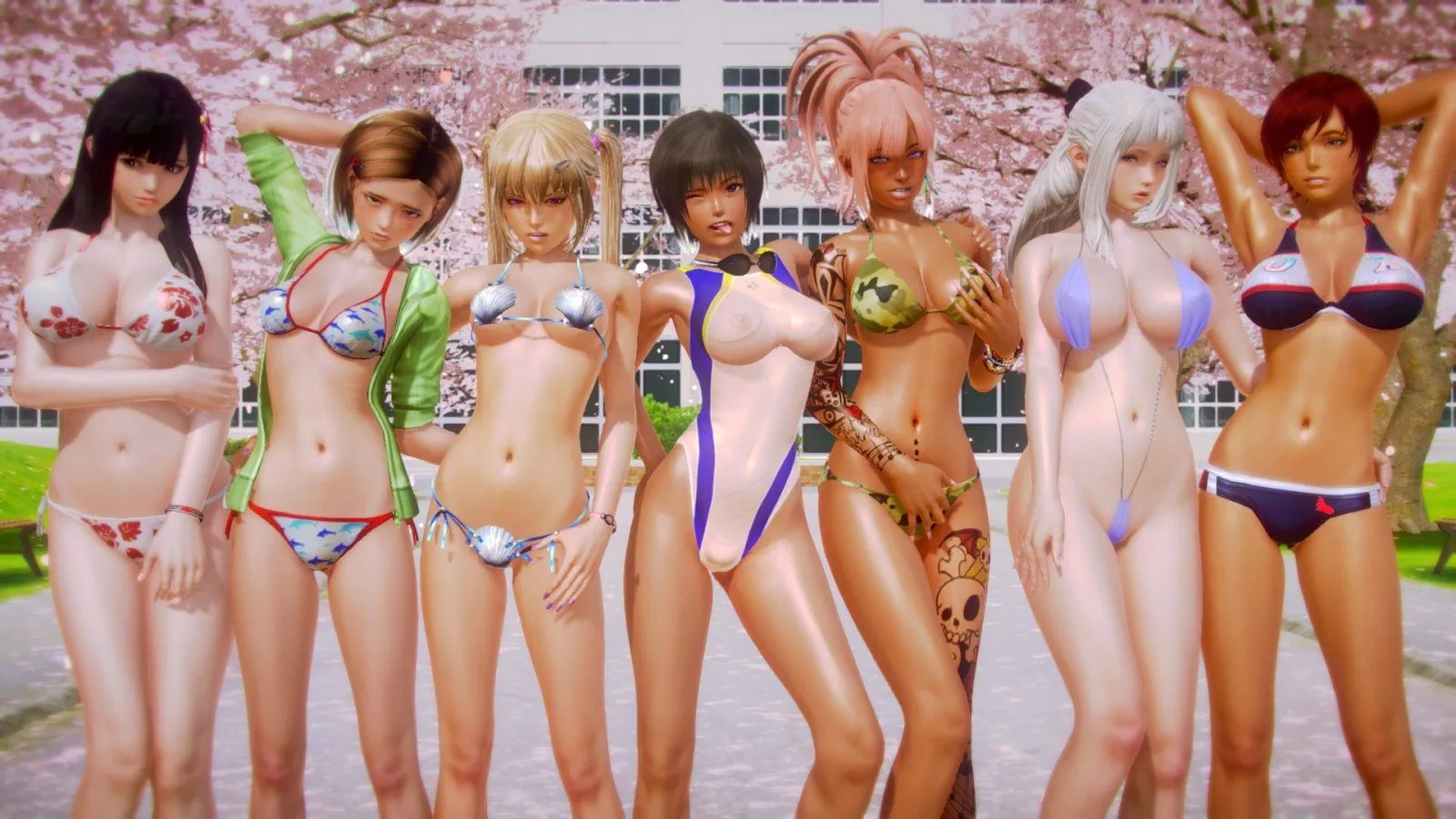
Waifu Academy
Play Waifu Academy
Waifu Academy review
Unpacking the gameplay mechanics, ethical debates, and cultural impact of this provocative anime-style game
When I first encountered Waifu Academy’s striking anime visuals and revenge-driven premise, I didn’t expect to find one of gaming’s most polarizing ethical debates. This adult visual novel combines school life simulation with explicit content and strategic manipulation mechanics, creating a unique experience that’s equal parts captivating and problematic. Through 30+ hours of gameplay and multiple story routes, I discovered why this game sparks heated discussions about player agency and digital morality.
Deconstructing Waifu Academy’s Gameplay Ecosystem
The Psychology of Revenge: Story Structure & Player Motivation
Let’s cut to the chase: Waifu Academy revenge mechanics aren’t just about settling scores—they’re a psychological trapdoor. 🕳️ The game hooks you with a protagonist who’s basically anime Batman if he’d been bullied at school instead of rich. Your character’s trauma—betrayal by classmates, public humiliation, you name it—isn’t just backstory confetti. It’s the jet fuel for every decision you make. Want to sabotage the school’s golden boy? Ruin a teacher’s reputation? The game dangles these options like forbidden candy, and boy, does it taste sweet.
But here’s the kicker: the anime school simulation gameplay isn’t just about chaos. It’s a calculated emotional rollercoaster. I remember my first playthrough—I went full scorched-earth, exposing secrets and wrecking relationships. Felt powerful… until the game hit me with flashbacks of my character’s past. Suddenly, revenge didn’t feel like winning—it felt like mirroring the same cruelty that hurt him. 🎭 Talk about a gut punch.
Pro tip: Pay attention to the karma meter. That little bar isn’t just decoration—it’s your moral GPS. Push it too far into the red, and even your allies might turn on you.
Choice Architecture: How Branching Narratives Shape Outcomes
If life gave you infinite save files, you’d probably test every anime visual novel choice too. Waifu Academy’s genius lies in how it weaponizes FOMO (Fear of Missing Out). Every dialogue option cracks open a new path, but there’s no “right” answer—just trade-offs. Help a classmate cheat? You gain a ally but lose karma points. Snitch on them? Enjoy the moral high ground… and a lonely lunch table. 🍱
The visual novel morality system isn’t black-and-white, either. During one playthrough, I tried to “balance” my choices—mild revenge here, kindness there. Big mistake. The game called my bluff with an ending where my character became a passive bystander, hated by everyone. Turns out, sitting on the fence gets you splinters.
Here’s where the adult game character customization sneaks in. Your avatar’s appearance isn’t just for eye candy—it affects how NPCs react. Dress like a delinquent? Teachers distrust you on sight. Opt for a clean uniform? Suddenly, the student council wants to be besties. It’s like playing dress-up with consequences. 👗
| Feature | Vanilla Version | Modded Content |
|---|---|---|
| Clothing Destruction | Story-driven (e.g., torn uniform during fight scenes) | Player-triggered, often gratuitous |
| Dialogue Options | Morality-locked paths | Unrestricted access via cheat mods |
| Endings Available | 12 | 18+ with fan-made expansions |
🔥 Hot take: Mods can make the game wilder, but they strip away the narrative tension that makes the vanilla story click.
Visual Design’s Dual Role: Fanservice vs. Narrative Tool
Let’s address the elephant in the room: yes, Waifu Academy’s art style is… enthusiastic. But before you write it off as cheap fanservice, look closer. Those exaggerated character designs? They’re visual shorthand. The bully with slicked-back hair and a permanent smirk? You’re meant to hate him on sight. The shy bookworm with oversized glasses? Her design screams “protect me,” which makes betraying her later feel like kicking a puppy. 🐶
Even the much-debated clothing destruction minigames serve a purpose. Sure, they’re risqué, but they’re also power plays. Ripping a rival’s blazer isn’t just titillation—it’s a literal tearing down of social armor. When I first unlocked this mechanic, I cringed… until I realized it mirrored the protagonist’s own vulnerability. Poetic? Maybe. Problematic? Absolutely. But that’s Waifu Academy in a nutshell—a game that makes you squirm while making its point.
The anime school simulation gameplay also leans hard on environmental storytelling. Notice how the classrooms get brighter or dimmer based on your karma? Or how the soundtrack shifts from peppy J-pop to sinister synth when you’re plotting revenge? 🎧 These details aren’t accidents—they’re breadcrumbs guiding your emotional journey.
So, is Waifu Academy a masterpiece or a mess? Honestly, it’s both. The Waifu Academy revenge mechanics push boundaries, the anime visual novel choices mess with your head, and the visual novel morality system refuses to let you off easy. Love it or hate it, you’ll remember it—and isn’t that the point? 💥
Final thought: Play it once for the plot, twice for the chaos, and three times to finally understand what that karma meter was trying to teach you.
Waifu Academy forces players to confront uncomfortable questions about digital consent and revenge fantasies through its layered gameplay systems. While its anime aesthetics and complex choice mechanics create an undeniably engaging experience, the game serves as a mirror reflecting our cultural tensions around adult entertainment. For mature audiences willing to engage critically, it offers a unique case study in interactive storytelling’s ethical boundaries. Approach with both curiosity and caution.
